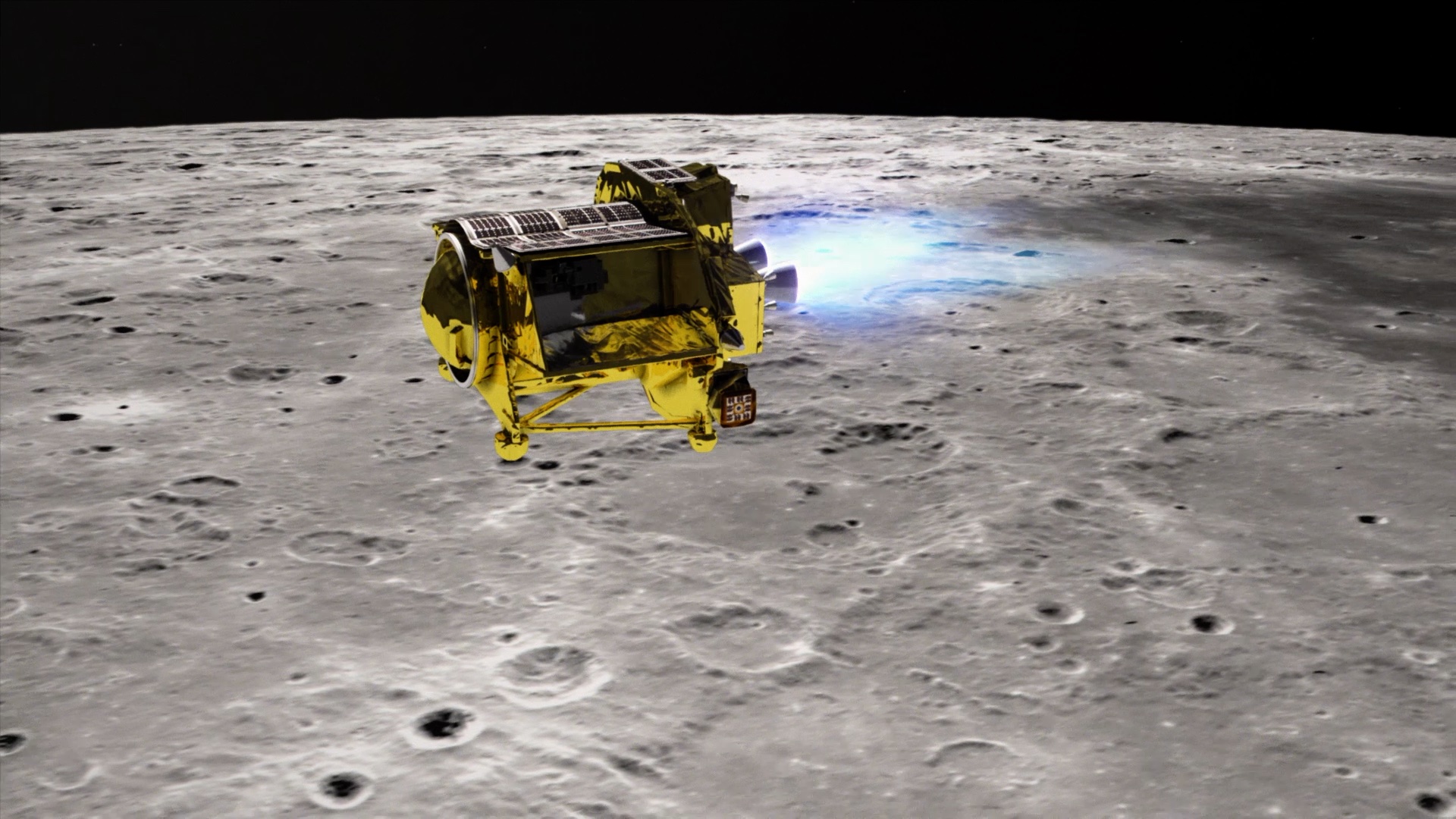Your time and energy are finite. Kinda like a pickle jar.

Credit: zejnirphoto/Shutterstock
Some of our greatest metaphors are about pickles. Nicki Minaj made a case for asserting herself as a woman in a male-dominated field in 2010 when she declared, “Had I accepted the pickle juice, I’d be drinking pickle juice right now,” for instance. In your own pursuit of professional or personal success, you, too, can call upon the power of pickles to help you be more productive. When you’re trying to figure out how much you can fit into a day, try the “pickle jar theory.”
What is the pickle jar theory?
The pickle jar theory is an excellent mental exercise for anyone who thinks or processes things visually. It was conceptualized by Jeremy Wright in 2002, based on the idea that a pickle jar holds a finite amount of content. So, too, does your day. There is only so much you can do in a day, as there is only so much you can stuff into a pickle jar.
When thinking of your day as a pickle jar, imagine it full of three things: Rocks, pebbles, and sand. These represent your daily responsibilities, but as you can see, they’re different sizes. You can fit more of the smaller stuff, like sand and pebbles, than you can rocks, but rocks can still take up half the jar.
How does the pickle jar theory work?
To use this kind of thinking, you need to categorize your day’s tasks. Start by writing them all down, then prioritizing them using the Eisenhower Matrix, which is useful for figuring out which tasks are urgent and important, urgent and not important, not urgent but important, and not urgent and not important.
Then, assign each task to a rock, pebble, or sand, like this:
Rocks are the big tasks that are important, necessary to get on right away, and/or will take up a major chunk of time. Studying for a test, finalizing a major project at work, or cleaning the house can be rock-sized tasks, for instance.
Pebbles are the things that are important to do, but not immediately necessary or massively time-consuming. You can fit quite a few of them in the jar, depending on how many rocks you have in there.
Sand represents the small things that you need to do to keep your day moving along or just want to do. It enters the jar last and fills up the gaps between the bigger items. Sand can be anything from answering emails, going to meetings, calling your mom, or relaxing. These aren’t necessarily urgent or time-consuming, but they’re still important to your work or mental wellbeing.
Visualize yourself putting one to three rocks in the jar, three to five pebbles, and as much sand as can fit. Understanding that not every single thing you need to do can always fit in there, you can make decisions about which rocks, pebbles, and sand pieces to hold over for the next day’s jar.
This works because it gives you a tangible example of your own capacity, but also reminds you that even when your day is full of “rocks” and “pebbles,” you still have room for “sand.” Don’t forget to let some of the sand be enjoyable, because breaks are integral to productivity. Don’t over-stuff your jar with rocks and pebbles to the point that you have no room for sand at all, and don’t forget that other people have their own jars that might not be as full. Consider delegating some “pebble” tasks to a teammate, whether it’s a coworker or your spouse, or eliminating the unnecessary tasks altogether. (On your Eisenhower Matrix, these will be the ones that are neither urgent nor important.)
Keeping in mind that your time and energy is finite—and focusing on this representation of that fact—will make prioritization and decision-making easier, allowing you to make space for what you need and disregard what you don’t. To quote Nicki Minaj, that’s bossed up.
Note: This article have been indexed to our site. We do not claim legitimacy, ownership or copyright of any of the content above. To see the article at original source Click Here













